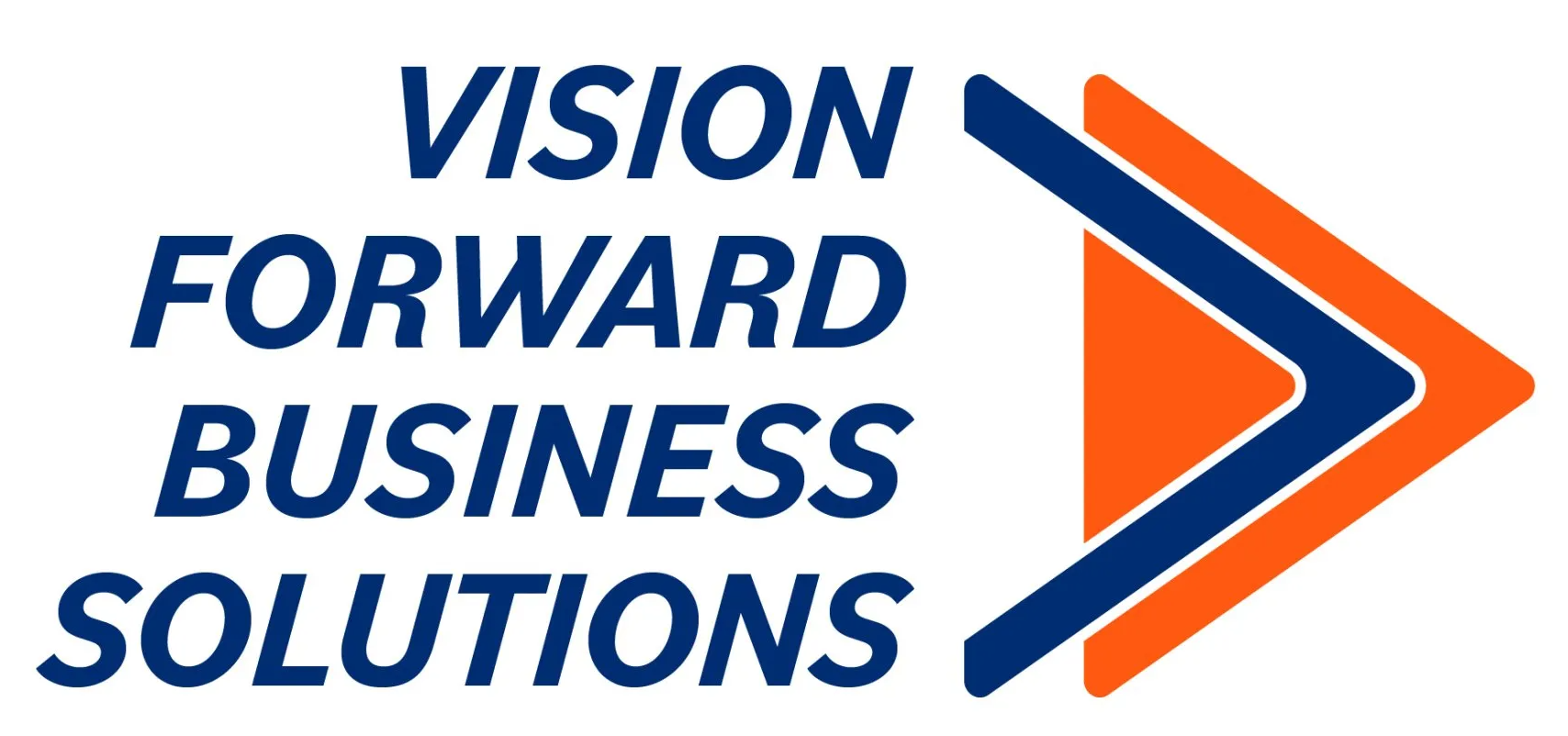Can Strategic Planning Pay Off?
Throughout my career, I have been blessed to be part of organizations of many shapes and sizes from family-owned LLC's and privately held manufacturers to Fortune 100 companies. Strategic Planning comes in many flavors. From "Let's make the next 2-3 years better than the last two years, now go!" to months of research, reports, and data gathering to create a plan. Is either right or wrong? The question is answered at the end. Did the organization achieve what it set out to do?
Can Strategic planning pay off? Yes, absolutely. As a leader, your job is to ensure the equity stakeholders achieve their goal. Ensure the return on dollars they are investing in you, the equipment, the people, inventory, etc.. (Side note: If you are an equity owner and a leader of the business do you separate these two roles physically and mentally?). What are the one, three, five, and ten-year goals the owners are expecting? Do the owners want to sell the business in year five or year ten? The strategy for the years leading up to a sale would be very different if you were going to sell in year five vs. year ten.
For Strategic planning to pay off, you must be dedicated to putting time and effort put into a process that is proven. The plan provides the owners, leaders, and team a road map for success. If you have never experienced a team all working towards the same goal, you are missing out. For the plan to be successful, your leaders must be strategic thinkers, not in the weeds of the daily tasks. You must be able to analyze each situation accurately and make high-quality decisions, and those decisions will become the measure of success for you as an executive.
What I am about to share may seem too simple to be effective, and the simple things are often the hardest to do. This proven process has been used by many organizations delivering results they could never have imagined. It will dramatically increase your ability to think effectively about your company and your situation.
Step one, ask yourself, what are you trying to do, and why are you trying to do it, and what are your assumptions?
Example:
WHAT: We want to be the Midwest leader in widget sales by 2021 to allow us to expand across the US in 2022.
WHY: To allow us to become the #2 manufacture in the US by 2025 so we can employ over 1000 people and give back 2% of net profits in the communities we live.
Assumptions: We assume there will be an economic slowdown in 2021 creating opportunity to purchase/lease space at a lower rate and find the quality people needed.
Next we use a proven the proven GOSPA method of developing strategic plans that have been presented and Used by Brian Tracy and his clients for decades.
We start with
G=GOALS what are the specific, measurable, time-bound goals you are looking to achieve that are aligned to your companies' values.
O=Objectives what are the sub-goals that need to be completed to achieve the goals above? What do you need to advertise, deliver, sell, or install to reach your goals
S=Strategy, how many ways can you achieve your objectives? There is more than one way. List them out, do not solution jump, or "we can't because" at this time. It is critical to understand all of your options.
P=Plans are the rungs on the ladder to achievement. What do you need to do to achieve the chosen strategies? Now details begin to take shape. “It’s the little details that are vital. Little things make big things happen.”– John Wooden, Basketball Coach
A=Activities are the specific tasks that have to be completed for you to fulfill your plans. You will want to manage the success of these activities by results. As a leader, you must explain, discuss, and get your team to agree, upon the results. Each of the results must be measurable and time-bound. Managing by areas of responsibility may be an excellent way to keep the organization focused and effective.
You have a road map; you have expectations, you have direction, success is all but guaranteed, right? WRONG! This is where many organizations fail. They did the work to put a plan together, shared it with everyone, made fancy charts and dashboards to keep everybody on track. What was forgotten was the secret ingredients for success.
If your company has never had a strategic plan, metrics, accountability etc. your team will encounter a lot of stress and uncertainty. Will this be the typical 2 months of focus until the next thing or am I really going to be held accountable to deliver? Staff will have their own conversations on how the Sales team is killing it and operations could not find water if they fell out of a boat. Now you are keeping score for all the teams, when really there is only one team.
Do you and your leaders know what needs to happen to manage this strategic plan to a successful execution? Can you put your team in a position of success? Are you willing to invest and do what it takes to achieve what you have set out to accomplish?
The next few paragraphs will help you identify critical areas that need to be managed for strategic planning to pay off. If you fail to focus on these areas all the best plans, strategies, and goals will likely not be realized.
Managing Change
Strategic planning is all about incremental changes. Making sure you and your leaders can see the changes needed, communicate them, and develop a sense of control in an ever-changing environment is a critical success factor. Here are a few things to help manage change.
- Do not become a VICTIM of change, instead embrace the opportunities presented and be the VICTOR.
- Become the creator of the circumstances rather than the creature of the circumstances you are in.
- Know what the most significant changes are that are affecting your business, your life, and the lives of your employees.
Become Flexible
The number one quality for maximum performance for the rest of your life and career is flexibility.
Accept that reality “is”. Accept that the new situation is what it is.
Adapt to the new situation
Respond and take action, do what the situation requires. Not what you want to do.
Become a Worry Buster
A great way to get control of change is called the Worry Buster
Define the worry situation clearly
Determine the worst possible outcome of the worry situation
Resolve to accept the worst possible outcome should it occur
Get busy to minimize the worst possible outcome
"What is the worst thing that can possibly happen? And then make sure it doesn't happen."- John Paul Getty
You can become a change master, a creator of circumstances, by making the decision to remain flexible, set clear goals, accept responsibility, to work continuously on your highest priority tasks and never ever give up.
Motivating People for Maximum Results
Your ability to motivate your people to higher levels of performance and effectiveness can multiply your capacity as an executive. By motivating continuously and correctly, you can dramatically improve performance and results. “Praise is a powerful people-builder. Catch them doing something right”- Brian Tracy
When people are happy about their life, they are more motivated.
Abraham Maslow developed the Pyramid of motivation that contains seven levels
- Survival
- Security
- Belonging
- Esteem
- Self-Actualization
- Beauty
- Truth
- Each level must be fulfilled to a certain degree before we can move onto the next level of motivation.
- How many employees do you have in survival mode or belonging?
- Level 4 is where people begin to feel motivated. Your job is to get them there and beyond.
The managers' attitude and expectations exert inordinate influence on the behavior of people. Behaviors will be based on how they are organized, directed, and treated by their leaders. People are motivated by the opportunity to grow, be trained, to advance, and become more of what they are capable of becoming.
Creating a Great Place to Work
The average person works at 50% or less of his or her potential. That means the most significant improvement and performance in results can come from unlocking the talent potential on the average person in your organization. Top managers are those who can create an environment where peak performance takes place. This requires simultaneously putting all the known motivators in place while removing the demotivators that inhibit performance.
- People are motivated when they feel terrific about themselves. The measure is when people say, "This is a great place to work."
- Your employees’ beliefs determine their attitudes, then their actions, and their results. If they have self-limiting beliefs, you will get self-limiting results
- Fear and doubt have always been the greatest enemies of performance and happiness. Fear of any kind paralyzes performance.
- The fear of failure, rejection, ridicule, embarrassment, and especially the fear of criticism will reduce performance and create a not so friendly place to work.
- Leaders need to apologize early and often. Take the initiative and say “I’m sorry I should not have said that”
- Create an environment where your employees feel they belong, have high self-esteem (Motivator #5), know who they are and what they can become. If you can get your entire team to level 6 of motivation, watch out-nothing will stop your organization.
So, can Strategic Planning pay off? YES! The strategic plan is pointless if you are not going to manage the change, motivate your organization, and create a great place to work. The plan is just a catalyst to allow the three other factors to be worked on. There is never a wrong time to begin your process. When you are ready to try something different, let's just have a conversation and see how we may be able to support each other.
To learn more about how our Strategic Planning offerings can make a lasting impact on your business or organization, contact Brad Herda via email at
bherda@FocalPointCoaching.com or text/call 414-852-4224.







